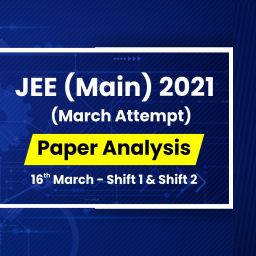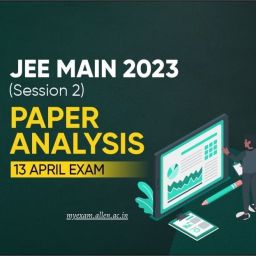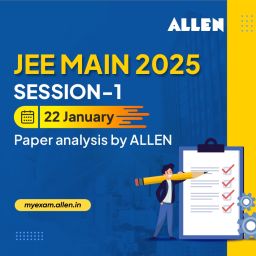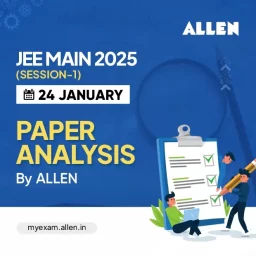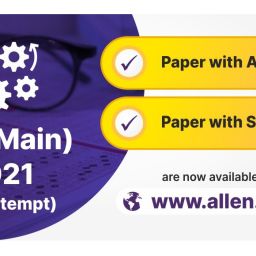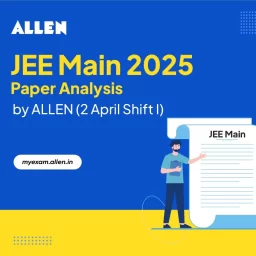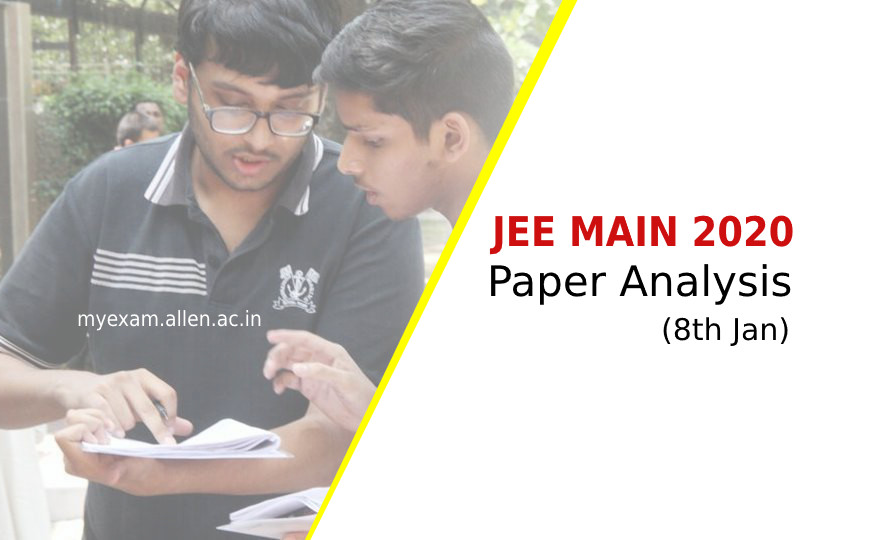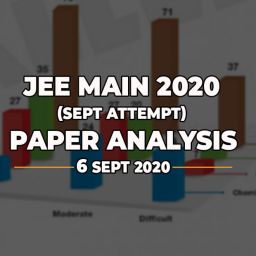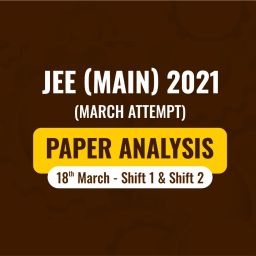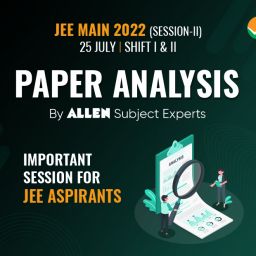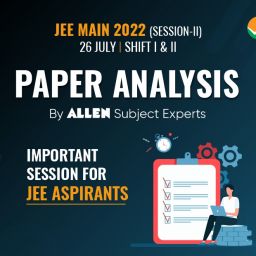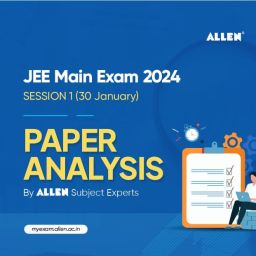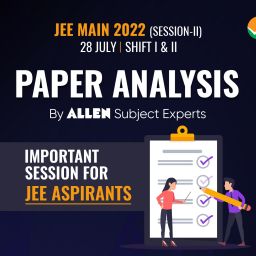Paper Analysis of JEE Main 2021 (February Attempt) by Brajesh Maheshwari Sir, Director, ALLEN Career Institute
The examination of JEE Main 2021 (February Attempt) for BE/ B.Tech was held on Thursday. The exam was conducted in two shifts in computer-based mode. Brajesh Maheshwari Sir, Director of ALLEN Career Institute, said that based on the students’ feedback and the feedback received on CSAT, it is concluded that the paper was more lengthy and calculative than Wednesday. On the second day also it was asked to round off the answers to the questions. Some questions in Physics and Maths had to be answered in the numerator. According to the students,
just like Wednesday, the question came from Allen’s sheet.
Chemistry
The paper was completely NCERT based like the first day. Most questions in physical chemistry were numerically based. Whereas organic and inorganic chemistry was more in the initial 20 objective questions.
During the morning and evening shifts, seven questions were from Physical Chemistry in the Numerical section. Inorganic chemistry covered MOT, Born Heber Cycle, Coordination compound, Magnetic Moment, Lanthanide, and Environment. Whereas in organic chemistry, questions were related to aromatic, lactose, and linkages in biomolecules and properties of Buena-I and Buena-G. Similarly, in physical chemistry, solubility in ionic equilibrium, whereas rate concept through quantum mechanics and kinetics graphs cam in the paper.
The volume came in a question of hypo and dichromate, in which the calculation was time-consuming.
Physics
On the second day in the JEE Main Examination, except for one or two lengthy questions in the Physics paper, the remaining questions were standard. In the paper, the weightage of the 12th class syllabus was more than that of the 11th class syllabus. As usual, 50 percent of Formula-based questions came in the paper. Those students who practiced the previous year’s JEE Main papers got the advantage. Some of the questions asked for the Topic of Electromagnetism and Gravitation were of the standard level. While questions from the topic diode and PUC were of easy level.
The number of calculation-based questions was more in the morning shift, but the students did not face much trouble solving them. At the same time, the evening shift paper was easy. There was doubt in the options of one question of rotational motion. Similarly, a semiconductor question was based on facts that are not in the NCERT syllabus.
Maths
Due to calculations in Maths, the students found the paper lengthy. In such a situation, students consumed more time on maths paper. In the Maths paper, questions came from all the topics of the overall syllabus. More questions came from Vector 3D, Matrix Determination, Integration Probability. Apart from this, Mathematical Reasoning and Height and Distance were also covered. Like Wednesday, no questions came from Mathematical Statistics on Thursday. Overall, the Maths paper was similar to the Maths paper of JEE Main held last year. Some questions came directly from the previous year’s JEE Main paper.



